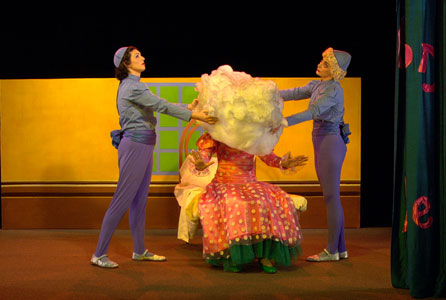


Celebrate the many books banned for their "grotesque" themes, characters, or subject matter!
Join the Rosenbach Museum & Library and the
Philadelphia Center for the Book as we mark
Banned Books Week, an annual celebration of
the freedom to read that reminds Americans not to
take that precious democratic freedom for granted.
Authors of MischiefA juried exhibition of contemporary artist books on themes related to banned
books, censorship, and control, co-presented by the Rosenbach Museum &
Library and the Philadelphia Center for the Book. This exhibition will be
displayed in the Orientation Gallery at the Rosenbach from September 23 -
October 5, and viewed on self-guided tour.
Reception: Authors of MischiefJoin us on October 3, at 5:30pm, as we celebrate Banned Books Week with
an artists' reception of Authors of Mischief and a public reading of passages
from the many banned and censored books in the collections of the
Rosenbach Museum & Library.
Special Opportunity for members of the Philadelphia Center for the Book
and the Rosenbach Museum & Library: October 3, from 5:00pm - 5:30pm,
meet-and-greet the artists and be the first to see their work! Refreshments
will be served.
Banned Books in the Rosenbach CollectionFrom the Canterbury Tales to Ulysses, the Rosenbach's collection is full of
books that have been banned, challenged, or censored. The library will
feature a selection of such controversial works that you can see on an
intimate tour of the historic house, on display through October 12.
Please RSVP for the reception: fdawson@rosenbach.org
ROSENBACH MUSEUM & LIBRARY
2008-2010 DELANCEY PLACE · PHILADELPHIA
215.732.1600
Image: Jean de Boschère, drawing











 Celebrate the many books banned for their "grotesque" themes, characters, or subject matter!
Celebrate the many books banned for their "grotesque" themes, characters, or subject matter!




